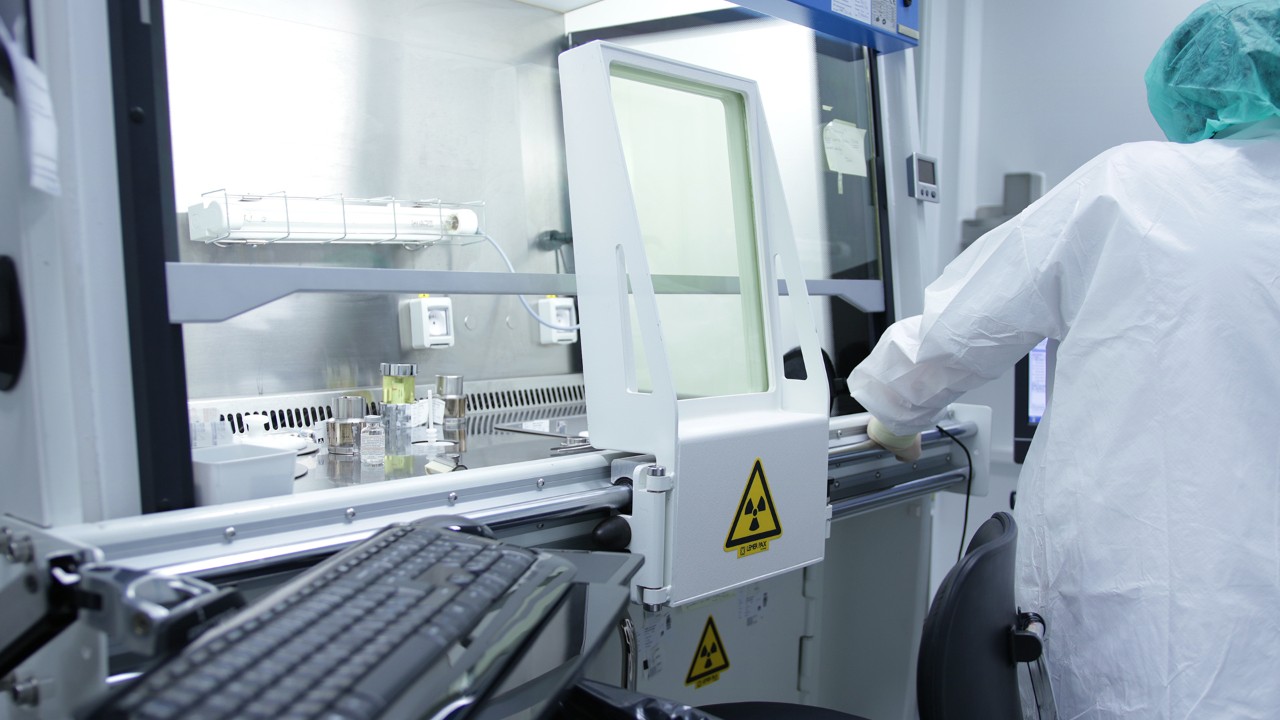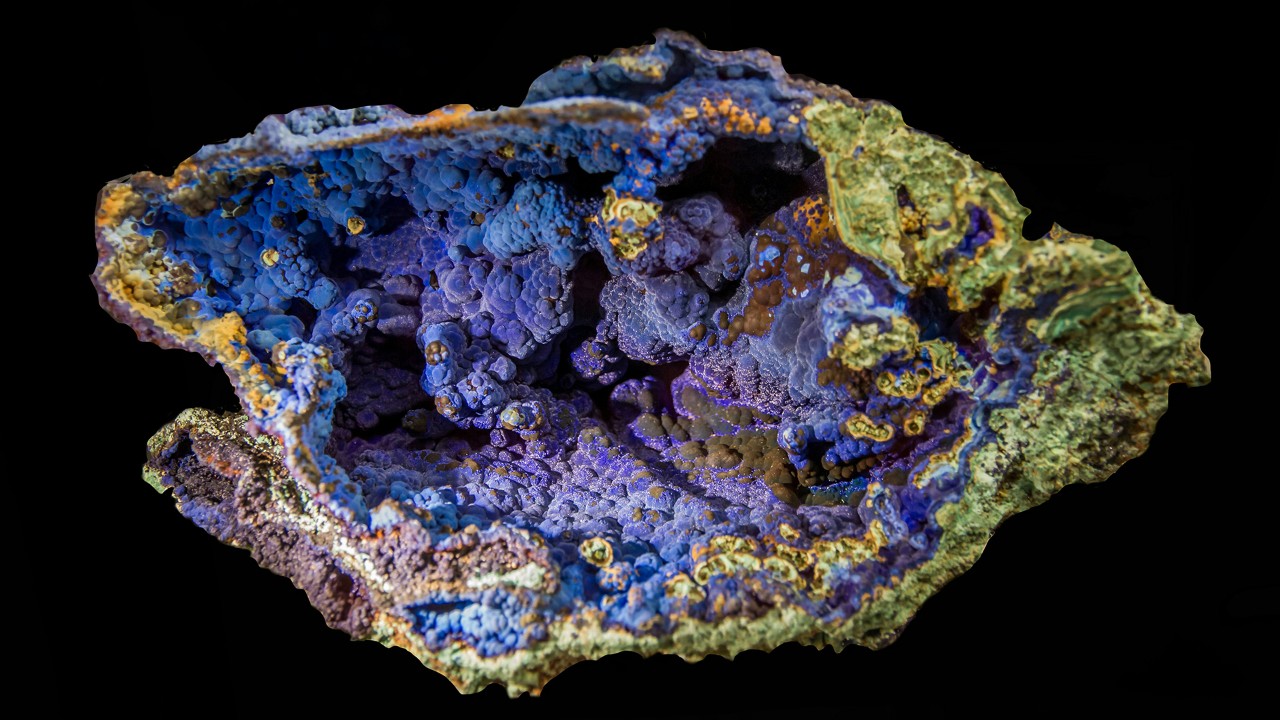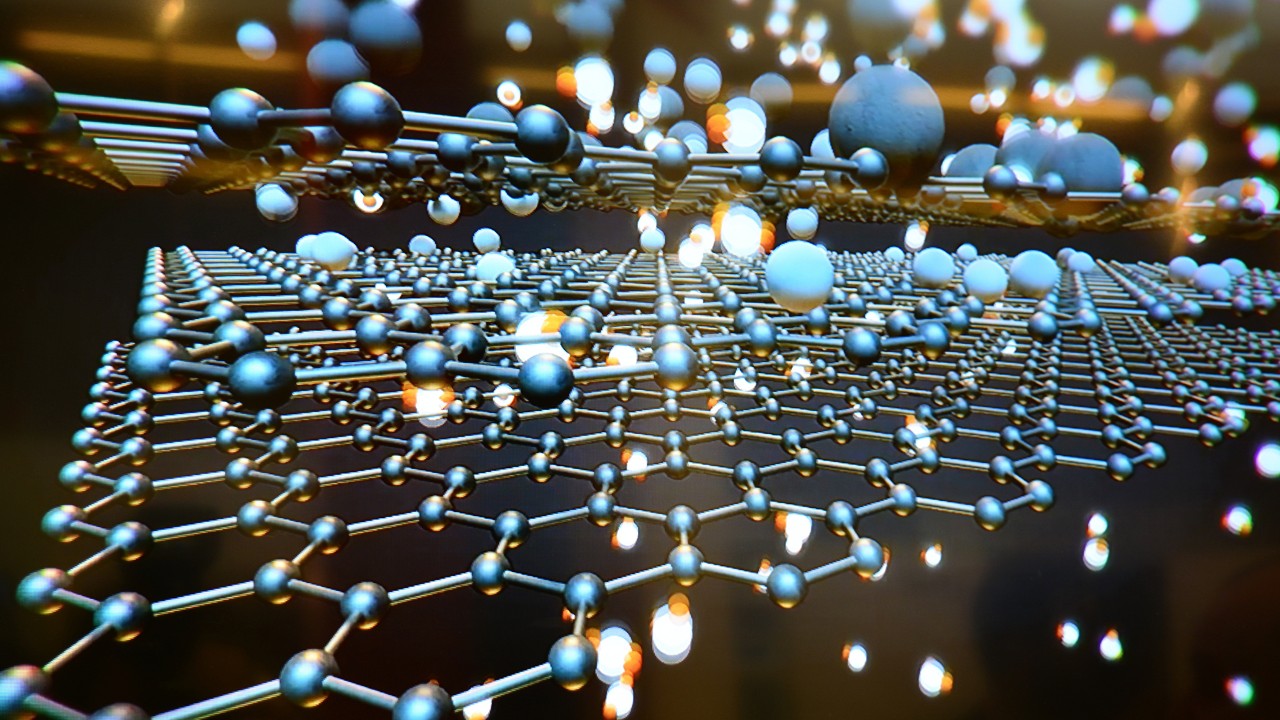RAMANtouch
This is it.
The World's Fastest Raman Imaging.


A Confocal Raman Imaging Microscope with unsurpassed speed and accuracy
Nanophoton's tech uses line-shaped laser illumination and a two-dimensional CCD to capture 400 spectra in one exposure. With laser scanning via galvanometer scanners, RAMANtouch achieves rapid and accurate Raman imaging of hundreds of thousands of pixels within minutes - no EMCCD required.
True Raman Imaging is finally here
The RAMANtouch is a completely new approach compared to traditional Raman microscopes - and that's why it achieves the impossible. Maximum imaging speed without any loss of spectral quality or spatial resolution.
The RAMANtouch offers:
- Ultra high-speed Raman imaging
- High spectral and spatial resolution
- Completely automated hardware
- Powerful analysis for 2D/3D Raman images
- Auto-calibration and auto-alignment
Laser Scanning via Galvanometers Explained
The use of a galvanometric mirror is an innovative scanning method in which a laser beam can freely scan the point under the objective lens - without having to move the sample stage! In terms of both precision and speed, it far surpasses conventional "table scanning".
In addition, the laser beam is incident perpendicular to the observation plane, regardless of whether you are in the center of the field of view or at the edge. This allows for special measurement modes:
- Laser Line Scanning
Scan the surface of your sample with high spectral and spatial resolution at highest speed and maximum accuracy.
- Point Scanning
Create quick overview images of a measurement area by only measuring those parts that actually show a contrast in their Raman spectra.
- AreaFlash measurement
By "flashing" the Raman laser line across the FOV, an average spectrum of the complete area is created. This allows ultra-fast measurements of large areas.
Maximum Raman performance in any measurement mode
Laser Line Mode
- Ultra-fast Raman imaging by line illumination
- Homogeneous and deformation-free laser line over the entire field-of-view
- No emCCD needed
Laser Point Mode
- Perfect focus spot even at the edge of the field-of-view
- Hundreds times faster than motorized stage
- Up to 10 nm positioning accuracy
Exceptional 3D Raman Imaging Capabilities
Confocal optics allow non-destructive Raman analysis inside a sample. This way, 3D Raman images of transparent samples can be created. By using line illumination and the high-precision stage of the RAMANtouch, 3D Raman images are created in unmatched speed and quality to provide insight into a sample's internal structure and component distribution.
Video example:
- Raman detects inside the transparent fiber
- Sample: Bi-component PE (cladding) and PET (core) fiber
- Acquisition time: 20~30 min
- Yellow dots: TiO2
Peak Raman Imaging Resolution
Depth profiling Raman imaging in the XZ plane enables non-destructive analysis, such as examining multilayer films. Utilizing an oil-immersion objective lens significantly enhances spatial resolution, allowing for the detection of ultra-thin layers as fine as 250 nm.
Access the Sub-Micrometer Domain
Raman microscopy offers essential insights into the identification of both organic and inorganic compounds, as well as crystal polymorphism. Unlike IR microscopy, Raman boasts advantages such as sub-micrometer spatial resolution and the capability to analyze samples in aqueous environments.
RAMANtouch Specifications
| Spatial Resolution | 350 nm in X, 500 nm in Y; 1 µm in Z |
|
| Objective Lenses | 5x, 10x, 20x, 50x, 100x | |
| Spectral Resolution | <0.9 cm-1 (depends on grating, up to 3 gratings available) |
|
| Stage Details | 30 * 30 * 35 mm XYZ-motorized stage | |
| Calibration |
Auto-calibration based on standard lamp and sample | |
| Alignment | Auto-alignment of optical path | |
| Laser Safety | Laser safety class I door with interlock |
What our customers say about RAMANtouch
Dr. Yong-Woon Lim, Metrology & Inspection Team, Samsung Display, Korea.
In the high-stakes realm of display product mass production, advanced inspection technology has become essential for optimizing yield and ensuring top-tier quality control. As these technologies evolve, the need for faster, more precise process feedback has driven demand for real-time monitoring that goes beyond traditional inspection to include advanced measurement and in-depth analysis.
Now, with the pioneering application of the modifed RAMANtouch system to the world’s first 8.5th generation display mass production line, we can achieve groundbreaking real-time defect analysis directly within the production process. By enabling component-level analysis of random defects—responsible for over 90% of yield-loss issues—this technology allows for precise defect identification, helping manufacturers not only trace defect origins and specify affected processes but also prevent these issues in real time.
Furthermore, In-line customized RAMANtouch’s proactive feedback capabilities offer unprecedented opportunities for continuous process improvement and accident prevention, marking a transformative step forward in display production technology.
Professor Dr. Yong-Moon Lee, School of Pharmacy, Chungbuk National University, Korea.
In our laboratory, Raman spectroscopy was utilized to quantify amino acids in renal cell cultures from an animal model of induced renal dysfunction and to study the distribution of drugs on the cell membrane surface. In addition, the content of illicitly distributed APIs-like compounds was determined by Raman imaging and a semi-quantification method was established.
When I first encountered a Bruker’s Nanophoton Raman microscope, which was installed for the first time at Analytical center in Chungbuk National University, I was very surprised by the various performances that are different from the previous Raman microscopy. In particular, I was very impressed the function of large-area mapping, which is a disadvantage of most of current Raman microscopy, was solved with the idea of line-illumination.
In addition, the bio-samples that we are mainly researching in our laboratory are very difficult to find the optimum experimental conditions due to the control of the laser power, but the RAMANtouch model can not only adjust a very small power level, but also use the preview function to find the optimal conditions faster than any other Raman product. By using such a powerful Raman microscopy in our laboratory, we have published several number of related papers.






